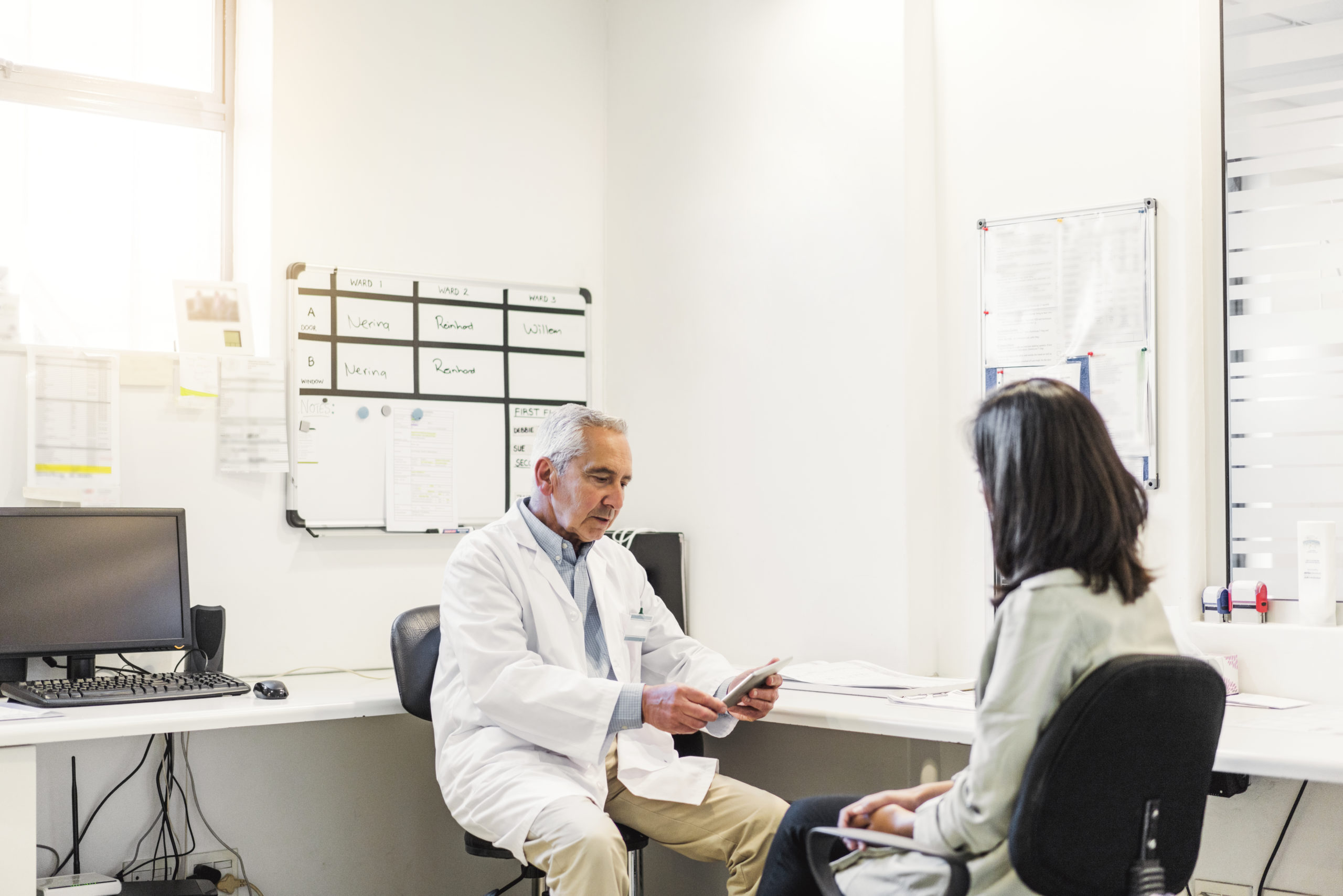My grandfather was a strong, resilient, smart and compassionate man. His muscles developed during his career as a carpenter; his hardiness born in the rural Waikato. He was what we might refer to now as a “real man”. Yet when he died, he wasn’t walking tall–as would be fitting–but confined to a hospital bed, destroyed by Alzheimer’s disease.
He was in his 80s when he passed away and I was in my early 20s when I watched it happen. Since that heart-wrenching experience a decade ago, my grandmother passed away, withering under similar circumstances – a fragile shell of her former self.
After that I became anxious that I, too, could lose my mind in that tragic way, which is entirely possible. My grandparents were the source of my life but the genes they’ve passed on could also be the source of the end. This realisation is what lead me to take advantage of an emerging technology and get my DNA tested, to see if I had inherited any of the known genes linked to dementia.
A couple of centuries ago, when lifespans were shorter, a lot of old-age degenerative illnesses never became societal issues, there was simply too few people who lived long enough to have them. With people now living significantly longer, we are all far more likely to be affected by these illnesses.
Within two decades from now, a quarter of New Zealand’s population will be over the age of 65, which will create an unprecedented strain on the healthcare system. As it happens, 65 is also the average age of the onset of Alzheimer’s, which affects one in ten people and cost New Zealand $1.7 billion in 2016 (an average of $26,904 per patient).1
While Alzheimer’s is not yet curable, the risk of getting it can be reduced through changes to diet, regular exercise, and maintaining an active social life.2 However, to a regular person, making significant long-term lifestyle changes can be costly and requires a large investment of their time. These factors can make it hard to maintain changes, especially if the person believes there’s a very low chance of developing an illness.
But what if you could find out your chance of developing a disease? Not just Alzheimer’s but diabetes, certain types of cancer, age related macular degeneration, and many more. Not only could you adjust your lifestyle to help subvert any future health problems, but you could live a happier, healthier life avoiding doctors’ fees, keeping yourself out of the healthcare system, and saving resources.
Type-2 Diabetes, for example, is a preventable disease, yet 40 people are diagnosed with it every day. And the treatment is costly; type-2 diabetes cost New Zealand $1.31million in 2016, a cost that is only increasing.3
Preventable diseases should not have such a secure foothold in a modern society. While there is a solid argument that many of these ailments are a unique symptom of modernity–such as an abundance of cheap, processed food and sedentary lifestyles–there are several modern tools that could help lead to a reduction, even the near eradication, of these illnesses.
DNA testing is one.
The cost of gathering genomic information has dropped dramatically over recent years, from tens of thousands of dollars4 to only a few hundred for genotyping. This decline in price, combined with interest from consumers, has resulted in genetic data gaining traction in the healthcare industry. Genotyping can offer unparalleled insights into a patient’s health, but most valuably, it can present a patient with their approximate chances of developing a number of serious illnesses.
Knowing this information can empower patients to take preventative measures to reduce their chance of developing an illness, or it can make them aware of early symptoms to allow for more effective or pre-emptive treatment. Imagine if a clinician was able to notify new parents if their child has a very high chance of developing type-2 diabetes, just by analysing a small sample of saliva. The parents could then be equipped with practical knowledge on exercise and nutrition to reduce the chances of the child developing the illness, the same way they might be educated about allergies.
This near-future scenario, known as Precision Medicine or Precision Health, has the potential to reach widespread usage for preventing numerous illnesses. It hinges, however, on clinicians having access to software that can aggregate, store, and analyse the massive amounts of genomic data.
The potential value of genomic sequencing to healthcare is enormous but the size of the data, as well as the cost of testing is largely what keeps it just out of reach of mass adoption – for the time being. Currently, a fully sequenced genome is around 200GB in size, while a variant file (that only shows genetic mutations) is around 128MB.5 For a single patient, this level of data may be manageable, but for a healthcare provider with thousands of patients, the immense volume of data makes it completely impractical.
This is why healthcare providers have started to invest in big data platforms that manage the data now, in order to help populations in the future. These data platforms must be scalable in order to cope with new sources of data, and they must be cloud-hosted to reduce load for on-premise servers. If implemented and utilised well, software could help to quickly evolve healthcare from being largely reactionary to being incredibly proactive – saving lives and money.
After learning about this new approach to healthcare and how quickly it’s emerging, I decided to take a basic DNA test (genotyping) through a reputable consumer-facing testing company to find out if I have the genes known to be associated with dementia. The test cost just under $300, and only required a small test tube of saliva and three long weeks of patience.
The results produced hundreds of unexpected insights into my health, and after years of worrying, I finally had my answer: I’m lucky to have not inherited the most common genes associated with Alzheimer’s. However, the relief was short-lived, as I also discovered I have a 2.5x increased risk for type-2 diabetes, something I had never even considered.
The increased risk is not a guarantee of developing diabetes, but it was a significant wake-up call regarding my health. Knowing the invisible risks I face allows me to reduce them substantially and empowered me to live a longer, happier life – walking tall until the end.
Read about Orion Health’s open data platform, Amadeus, by clicking the link below.
1 http://www.alz.org/research/science/alzheimers_prevention_and_risk.asp
2 http://www.nzherald.co.nz/nz/news/article.cfm?c_id=1&objectid=11539392
3 https://www.genome.gov/27565109/the-cost-of-sequencing-a-human-genome/
4 https://medium.com/precision-medicine/how-big-is-the-human-genome-e90caa3409b0



